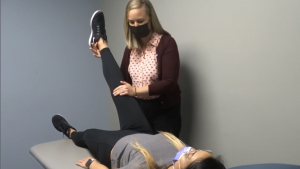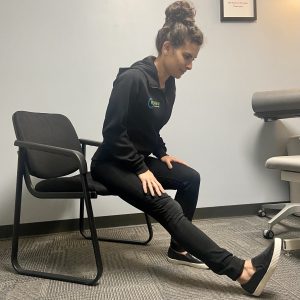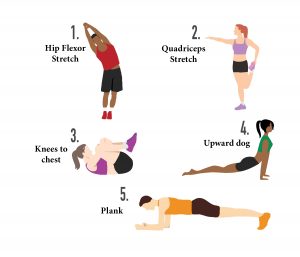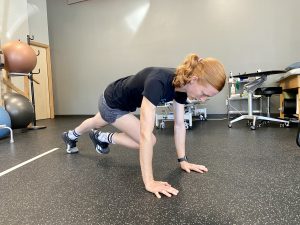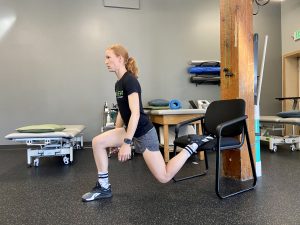When we’re young, falls are treated as teaching opportunities. “Get back on your feet, brush yourself off and keep moving toward your goals,” we were told.
But as we age, falls take on a much greater significance. According to Seattle physical therapist Erik Norwood, when someone of advanced age falls, they tend to suffer greater distress to their health as well as their pocketbooks.
“A fall can greatly impact a senior’s ability to live an active, healthful and independent life,” said Norwood, owner of Renew Physical Therapy in Seattle. “In fact, where older adults are concerned, a fall can have a spiraling effect on their overall quality of life during years typically set aside for much-deserved rest, relaxation and fun.”
Unfortunately, though, falls are an epidemic among seniors in the U.S.
According to the National Council on Aging, an older adult is treated for a fall in a U.S. emergency room every 11 seconds, making it the most common cause for nonfatal, trauma-related hospital admissions among this group.
In addition, the average health care cost for each of these falls is approximately $35,000 per patient.
“Older bodies are simply more susceptible to serious injury when falls occur,” Norwood said. “And, while there are some things seniors can do to keep their bonds strong and flexible enough to better absorb a fall, the best course of action is to just prevent falls from happening to begin with. This starts with improving balance.”
Norwood points out that, like strength and cardiovascular conditioning, balance is something that can and should be improved through regular exercise. He suggests seniors try these five exercises to help improve their balance:
Standing March: As the name says, march in place for up to 30 seconds, slowly raising and lowering your knees throughout. Vary the surface on which you march (i.e., hard floor to the back yard) for more of a challenge.
Heel to Toe: Starting with both heels touching the wall, put one foot in front of the other so the heel touches the toes of the opposite foot. Repeat with the other foot, as if you’re walking a chalk line. Go for 20 steps each round.
Weight Shifts: With your feet hip-width apart, shift your weight to one side, lifting your other foot off the floor just a few inches. Hold this pose for up to 30 seconds, then shift and hold on the other leg. Increase reps per your ability.
Single-Leg Balance: Starting with the same stance as above, now left one leg from the floor, banding it back at the knee. Hold for up to 30 seconds, then do the same with the other leg. Increase reps as your balance improves.
Tai Chi/Yoga: If you feel your balance is strong and you’ve mastered the above exercises, trying a group Tai Chi or yoga class. Such classes are ideal for exercising balance by strengthening your body and core.
“If you’re new to any of these exercises, help balance yourself initially by leaning on a table, chair back or wall for safety’s sake,” Norwood said. “Make these simple exercises part of your daily routine.”
And, if you’re a senior or soon-to-be senior who doesn’t currently exercise regularly, it’s smart to start any new fall-prevention effort by first getting a balance assessment from a physical therapist, like those at Renew Physical Therapy. Through a balance assessment, a physical therapist can determine your level of functional balance while pinpointing areas of concern that can be addressed through an individualized fall-prevention regimen.
